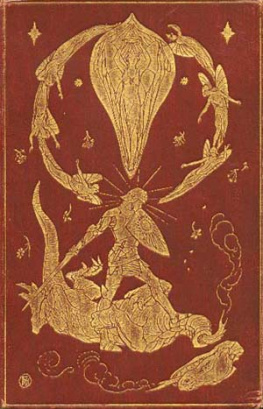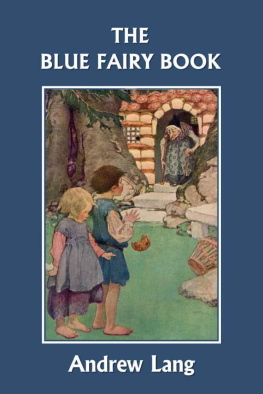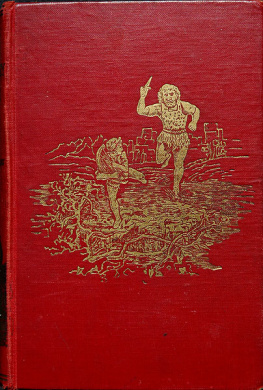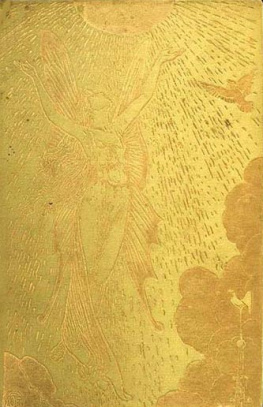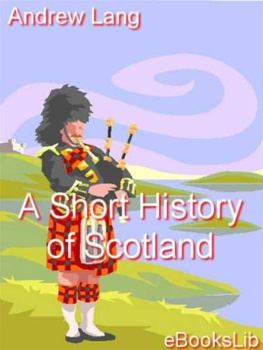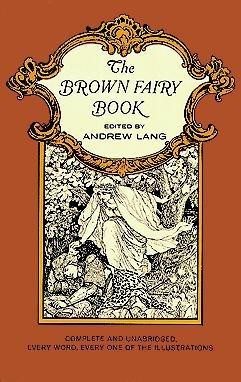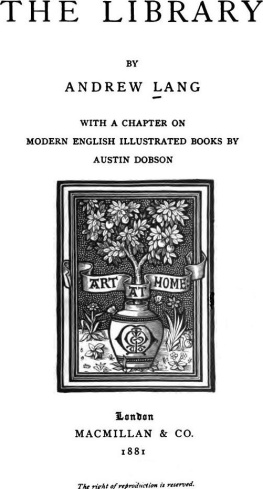THE MYSTERY OF MARY STUART
BY THE SAME AUTHOR.
A MONK OF FIFE. Crown 8vo. 3s. 6d.
ANGLING SKETCHES. Crown 8vo. 3s. 6d.
BALLADS OF BOOKS. Fcp. 8vo. 6s.
BAN AND ARRIRE BAN. Fcp. 8vo. [Out of print.
BOOK OF DREAMS AND GHOSTS. Crown 8vo. 3s. 6d.
BOOKS AND BOOKMEN. Fcp. 8vo. 2s. 6d.net.
COCK LANE AND COMMON-SENSE. Crown 8vo. 3s. 6d.
COMPANIONS OF PICKLE. 8vo. 16s.
CUSTOM AND MYTH. Crown 8vo. 3s. 6d.
ESSAYS IN LITTLE. Crown 8vo. 2s. 6d.
GRASS OF PARNASSUS. Fcp. 8vo. 2s. 6d.net.
HOMER AND THE EPIC. Crown 8vo. 9s.net.
LETTERS ON LITERATURE. Fcp. 8vo. 2s. 6d.net.
LETTERS TO DEAD AUTHORS. Fcp. 8vo. 2s. 6d.net.
MAGIC AND RELIGION. 8vo. 10s. 6d.net.
MODERN MYTHOLOGY. 8vo. 9s.
MYTH, RITUAL, AND RELIGION. 2 vols, crown 8vo. 7s.
OLD FRIENDS. Fcp. 8vo. 2s. 6d.net.
PICKLE THE SPY. 8vo. [Out of print.
ST. ANDREWS. 8vo. [Out of print.
THE MAKING OF RELIGION. Crown 8vo. 5s.net.
LONGMANS, GREEN, & CO., 39 Paternoster Row, London
New York and Bombay.
Walker & Cockerell. ph. sc.
Mary Stuart
From the portrait in the collection of the Earl of Morton.
THE
MYSTERY OF MARY STUART
BY
ANDREW LANG
WITH ILLUSTRATIONS
NEW EDITION
LONGMANS, GREEN, AND CO.
89 PATERNOSTER ROW, LONDON
NEW YORK AND BOMBAY
1901
All rights reserved
PREFACE
In revising this book I have corrected a number of misreadings in the Arabic numerals of dates of years. I owe much to Mr. David Bruce-Gardyne and Mr. Hay Fleming. In deference to other criticisms offered privately, I have somewhat modified certain phrases about the hypothetical forged letter, as quoted by Moray and Lennox (pp. 211-236). That such a letter once existed is, of course, an inference on which readers must form their own opinion. The passage as to the site of Darnleys house, Kirk o Field (pp. 124-131), ought to have been banished to an Appendix. On any theory the existence of the town wall, shown in the contemporary chart opposite p. 130, is a difficulty. The puzzle is caused by the chart of 1567, reduced in the design given at p. 130. In all published forms the drawing is given as it is here. But it reverses the points of the compass, east and west. Mr. A. H. Millar has suggested to me that if reflected in a mirror some errors of the chart disappear, whence one infers that it was drawn in reverse for an engraving. I have, therefore, corrected the text in this sense. But difficulties remain: there is a town wall, running south to north, of which we have no other knowledge; and Hamilton House (if the chart is reversed) is placed east instead of west of Kirk o Field, where it actually stood. The original design contains only the name of Hamilton House. In our chart the house is copied from the picture of it as part of the University buildings, in the map of 1647.
INTRODUCTION
Mr. Carlyle not unjustly described the tragedy of Mary Stuart as but a personal incident in the true national History of Scotland. He asked for other and more essential things than these revelations of high life. Yet he himself wrote in great detail the story of the Diamond Necklace of Marie Antoinette. The diamonds of the French, the silver Casket of the Scottish Queen, with all that turned on them, are of real historical interest, for these trifles brought to the surface the characters and principles of men living in an age of religious revolution. Wells were sunk, as it were, deep into human personality, and the inner characteristics of the age leaped upwards into the light.
For this reason the Mystery of Mary Stuart must always fascinate: moreover, curiosity has never ceased to be aroused by this problem of Marys guilt or innocence. Hume said, a hundred and fifty years ago, that the Scottish Jacobite who believed in the Queens innocence was beyond the reach of reason or argument. Yet from America, Russia, France, and Germany we receive works in which the guilt of Mary is denied, and the arguments of Hume, Robertson, Laing, Mignet, and Froude are contested. Every inch of the ground has been inspected as if by detectives on the scene of a recent murder; and one might suppose that the Higher Criticism had uttered its last baseless conjecture and that every syllable of the fatal Casket Letters, the only external and documentary testimony to Marys guilt, must have been weighed, tested, and analysed. But this, as we shall see, is hardly the fact. There are points as yet unseized by Germans. Mary was never tried by a Court of Justice during her lifetime. Her cause has been in process of trial ever since. Each newly discovered manuscript, like the fragmentary biography by her secretary, Nau, and the Declaration of the Earl of Morton, and the newly translated dispatches of the Spanish ambassadors, edited by Major Martin Hume (1894), has brought fresh light, and has modified the tactics of the attack and defence.
As Herr Cardauns remarks, at the close of his Der Sturz der Maria Stuart, we cannot expect finality, and our verdicts or hypotheses may be changed by the emergence of some hitherto unknown piece of evidence. Already we have seen too many ingenious theories overthrown. From the defence of Mary by Goodall (1754) to the triumphant certainties of Chalmers (1818), to the arguments of MM. Philippson and Sepp, of Mr. Hosack, and of Sir John Skelton (1880-1895), increasing knowledge of facts, new emergence of old MSS. have, on the whole, weakened the position of the defence. Mr. Hendersons book The Casket Letters and Mary Stuart (First Edition 1889) is the last word on the matter in this country. Mr. Henderson was the first to publish in full Mortons sworn Declaration as to the discovery, inspection, and safe keeping of the fatal Casket and its contents. Sir John Skeltons reply told chiefly against minor points of criticism and palography.
The present volume is not a Defence of Marys innocence. My object is to show, how the whole problem is affected by the discovery of the Lennox Papers, which admit us behind the scenes, and enable us to see how Marys prosecutors, especially the Earl of Lennox, the father of her murdered husband, got up their case. The result of criticism of these papers is certainly to reinforce Mr. Hosacks argument, that there once existed a forged version of the long and monstrous letter to Bothwell from Glasgow, generally known as Letter II. In this book, as originally written, I had myself concluded that Letter II., as it stands, bears evidence of garbling. The same is the opinion of Dr. Bresslau, who accepts the other Casket Papers as genuine. The internal chronology of Letter II. is certainly quite impossible, and in this I detected unskilled dove-tailing of genuine and forged elements. But I thought it advisable to rewrite the first half of the Letter, in modern English, as if it were my own composition, and while doing this I discovered the simple and ordinary kind of accident which may explain the dislocation of the chronology, and remove the evidence to unskilled dove-tailing and garbling. In the same spirit of rather reluctant conscientiousness, I worked out the scheme of dates which makes the Letter capable of being fitted into the actual series of events. Thus I am led, though with diffidence, to infer that, though a forged version of Letter II. probably once existed, the Letter may be, at least in part, a genuine composition by the Queen. The fact, however, does not absolutely compel belief, and, unless new manuscripts are discovered, may always be doubted by admirers of Mary.



